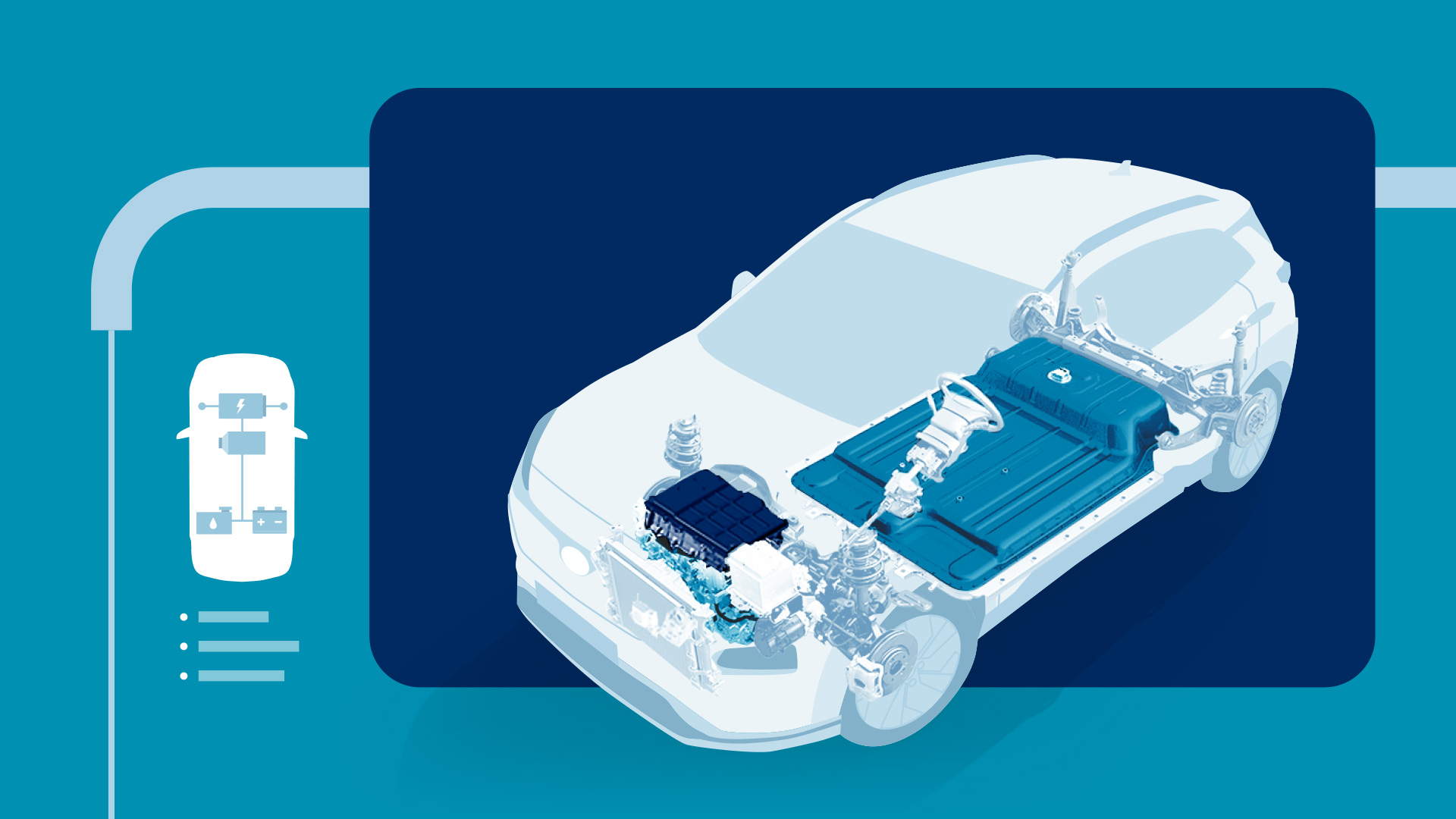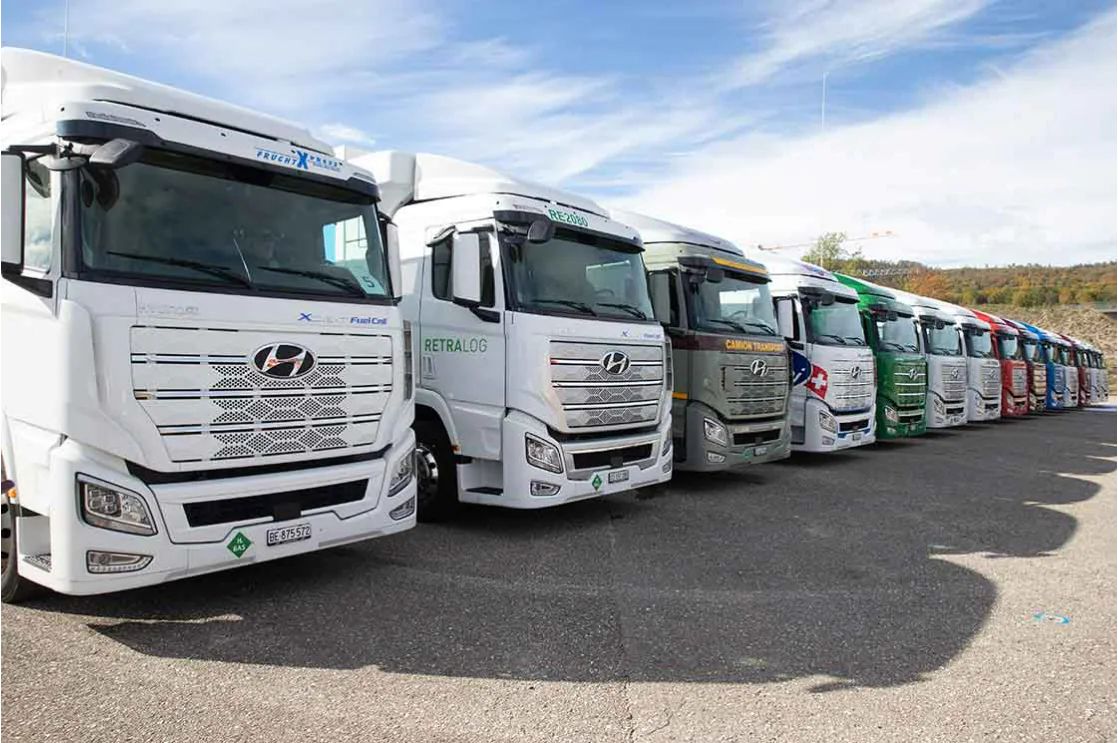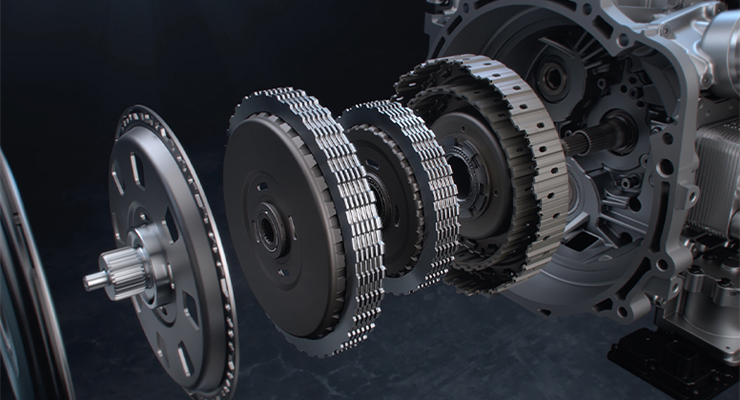Cars that do not require any fossil fuel to operate and emit zero CO2 are every automaker's dream. Currently, these are the 'green cars' you can find on the roads.
HEV, a Car With Two Hearts
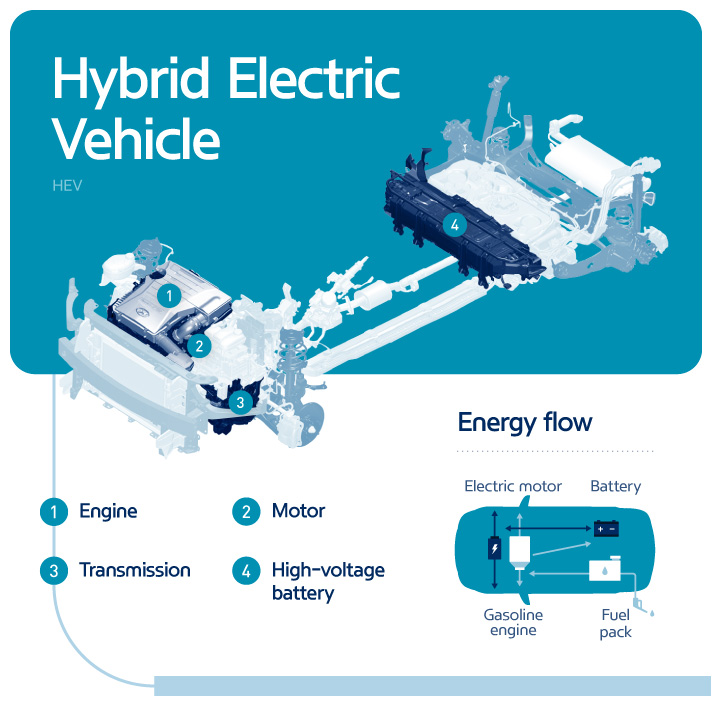
Hybrid electric vehicles(HEVs) are powered by an internal combustion engine and an electric motor, which uses energy stored in batteries. The battery is charged through regenerative braking and by the internal combustion engine. The extra power provided by the electric motor can potentially allow for a smaller engine. The battery can also power auxiliary loads and reduce engine idling when stopped. Together, these features result in better fuel economy without sacrificing performance.
A hybrid electric vehicle does not have to be plugged in to charge the battery since it uses regenerative braking. This means that there is no need for a charging station, and HEVs are much greener than ICEs. Being not completely zero-emission, however, they are considered to be making the transition to a low-carbon future.
Getting Greener - PHEVs
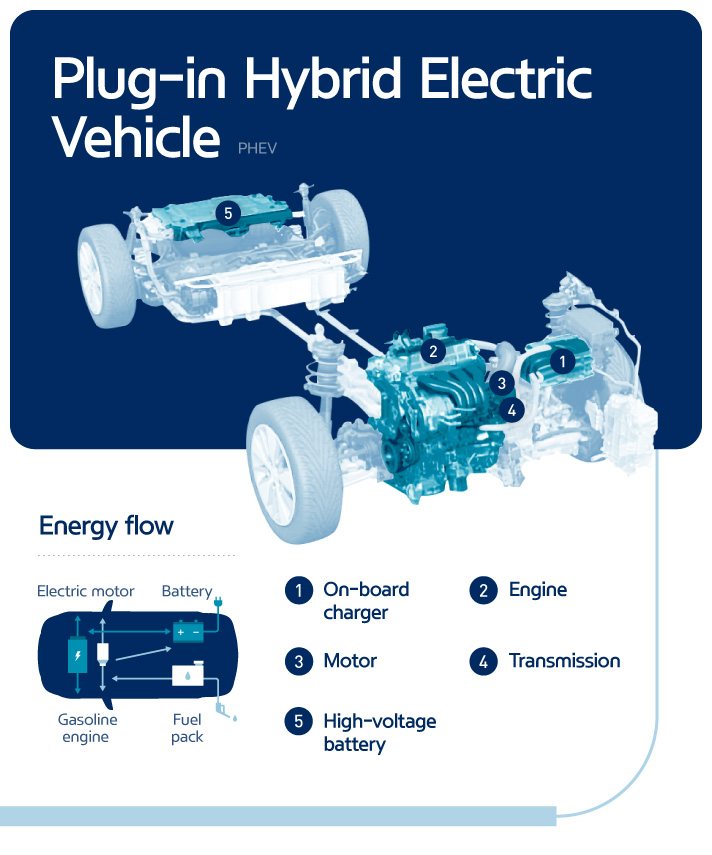
Plug-in Hybrid Electric Vehicles(PHEVs) use batteries to power an electric motor and also use another fuel(gasoline, for example) to power an internal combustion engine(ICE). With extended high-voltage battery, PHEVs have a longer range than hybrid electric vehicles(HEVs).
With a regenerative braking system, PHEVs are much more cost-effective than ICEs. PHEVs are extremely pragmatic as they can use both an electric motor and an internal combustion engine based on each situation.
EVs, Emission-Free

As is well known, EVs(as known as Battery Electric Vehicles in some countries) use the electricity saved in the battery to cycle the motor and generate the power necessary for driving. This means EVs are both emission and noise-free. Also, EVs are trending as many countries around the world started to set more strict regulations against ICEs to decrease greenhouse gas.
Early EVs had much shorter ranges, and without a sufficient amount of charging stations, it was much harder to operate them back then. However, many automakers including Hyundai Motors now make EVs that boast their ranges(Hyundai Kona Electric, for example, can reach 406 km on a single charge), and more and more charging stations are being facilitated.
EVs are well known for being environmentally friendly, but it is easily overlooked that they are also powerful. Electric motors can produce maximum torque right away, which gives them great acceleration from low speed. The battery under the floor lowers the center of gravity and this enhances cornering performance, not to mention the drivers get to manage smooth acceleration and deceleration.
FCEV, a Giant Air Purifier on the Road
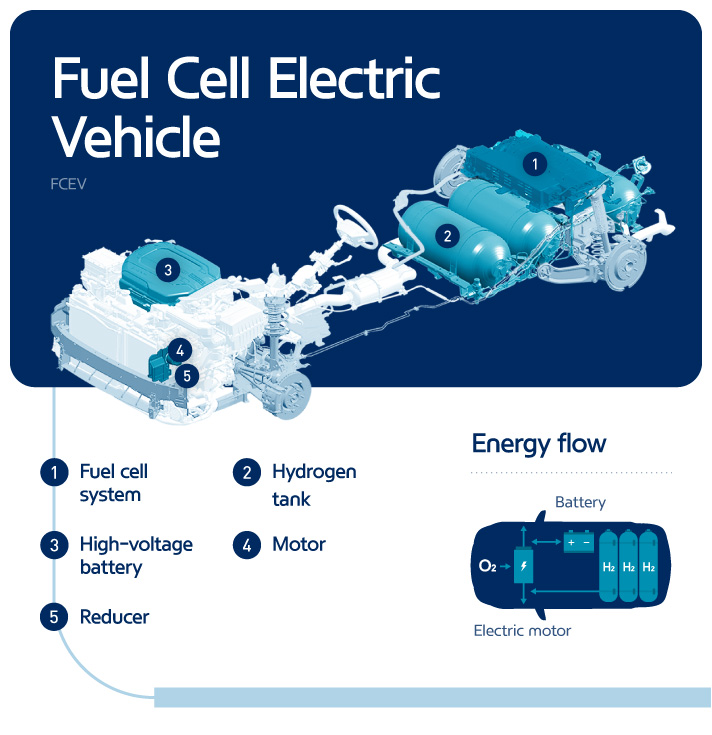
Just like other EVs, FCEVs use electricity to power the motors. The difference is that an FCEV is powered by electricity generated from the electrochemical reactions between hydrogen dispensed into FCEV hydrogen tanks, and oxygen.
Because FCEV is powered by electricity generated from the electrochemical reactions between hydrogen and oxygen, the only byproduct is pure, distilled water. The oxygen necessary to react with hydrogen is drawn from the atmosphere. Such air drawn into the FCEV passes through an air purification system that cleans it of particulates and other unwanted matter, leaving the air cleaner. In a way, it has an atmospheric 'scrubbing’ effect.
The range of an FCEV depends on the size of the hydrogen tank. Filling the 156.6l-tank on the Hyundai NEXO, for example, takes only 5 minutes and it drives up to 609 km per charge. More infrastructures for FCEVs are making them look much more attractive, too.
